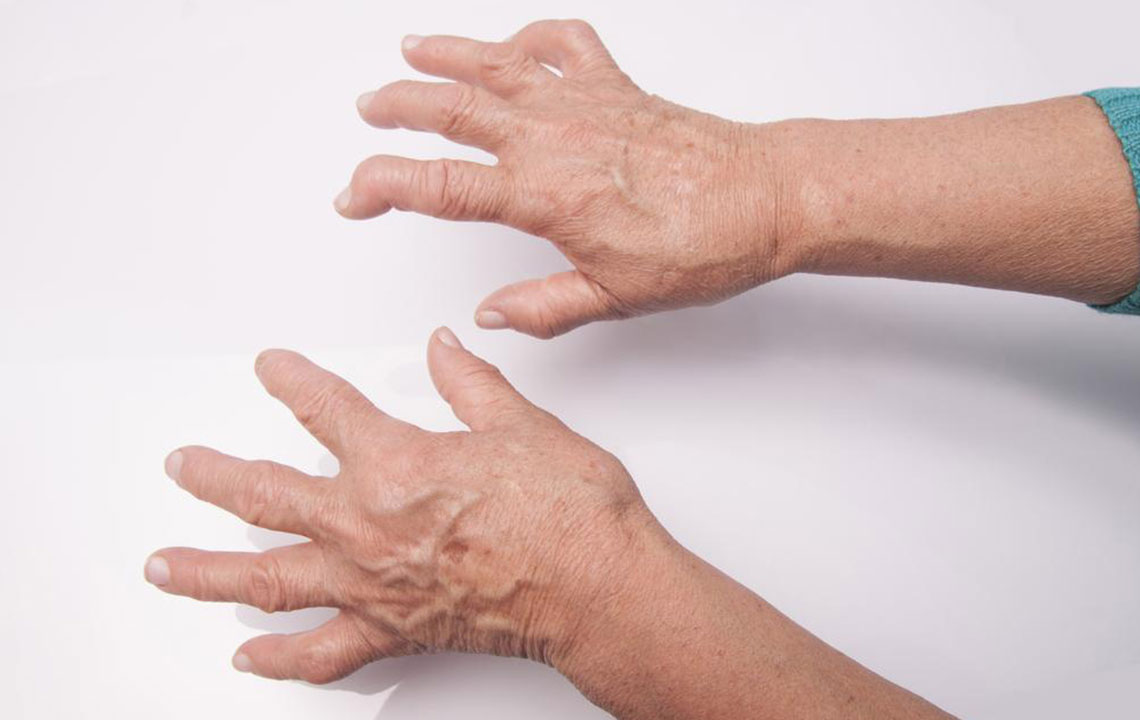Understanding Rheumatoid Arthritis and Fibromyalgia: Signs and Treatment Options
This article explores the symptoms and treatment strategies for rheumatoid arthritis and fibromyalgia. It emphasizes early diagnosis, medication options including biologics, surgical considerations, and complementary therapies such as fish oil and tai chi. The focus is on reducing inflammation, preventing joint damage, and enhancing patient well-being through comprehensive management approaches.
Rheumatoid arthritis is a chronic inflammatory disorder primarily attacking the joint lining called the synovium, leading to pain, stiffness, swelling, and potential joint damage. It often affects symmetrical joints such as the hands and feet. Fibromyalgia is a long-term condition characterized by widespread muscle pain, tenderness, and stiffness, mainly impacting muscles and tendons in areas like the neck, shoulders, and hips. Patients often experience fatigue and sleep issues. Treatment aims to reduce inflammation, alleviate symptoms, prevent damage, and improve quality of life through medications, lifestyle changes, and in some cases, surgery and alternative therapies. Early intervention and tight disease control are essential in managing these conditions effectively.










